When Ozzy Osborne Survived Crucifixion
Ozzy Osborne died a saint - but was once considered a surrogate of Satan, if not the anti-christ himself. In 1970 he’d sing “Have you ever thought about your soul—can it be saved?”, by the 1980s adults would be asking young Ozzy fans the same question.
Osborne’s ascent to satanic scape goat began in 1969, when his British band ‘Earth’ changed names to ‘Black Sabbath’, and adopted occult aesthetics. Meanwhile in the United States, the seeds of satanic panic - planted by the founder of ‘The Church of Satan’ Anton LaVey in 1966 - were beginning to germinate: as the Manson murders were making headlines linking them to occult worship, LaVey’s Church published ‘The Satanic Bible.’
The following year Ozzy - right on cue - would turn up on US shores. In 1970 ‘Black Sabbath’ performed in the US for the first time - their ominous name, dark lyrics, and theatrical use of occult imagery would make his association with Satanism and the occult, all but inevitable.
Satanism concerns lingered through the 1970s, perpetuated by Manson trial headlines, former satanist ‘high priest’ Mike Warnke’s hoax memoir The Satan Seller, and hit films like The Exorcist and The Omen. In 1979 a new fangled game called Dungeons & Dragons - already linked to occultism - would be falsely tied to a missing-person case. (it’d later inspire 1982 TV movie ‘Mazes and Monsters’ featuring a young Tom Hanks.)
1979 would also see Ozzy Osbourne leave ‘Black Sabbath’ to go solo, and pivotal moment in music: the release of the Sony Walkman - giving young people more access to music and a way to listen out of earshot of elders.
The 1980s kicked off with a new supposed ‘expose’ of satanism ‘Michelle Remembers’ (1980) by psychiatrist Lawrence Pazder and his patient, Michelle Smith, who claimed to have recalled repressed memories of Satanic ritual abuse.
1982 would see accusations of ‘back masking’ in rock music - secret satanic messages when played backwards - such as “Satan move through our voices” and “My Name is Satan”, bringing increased focus on music as a vehicle of satanic influence.
That same year Ozzy Osbourne released his first solo album ‘Blizzard of Ozz’ in the US - retaining the same occult aesthetics of Black Sabbath. During a 1982 promotional concert in Des Moines, Iowa he would infamously bite the head off of a live bat on stage (he later claimed he thought it was a toy.) This shocking stunt secured his place as the ‘Prince of Darkness’ and the poster boy of Satanism, a crucifixion was just a matter of time.
Satanic panic would spike further - in 1983 - when the Los Angeles D.A. brought charges against local daycare ‘McMartin Preschool’ for satanic ritual abuse that included reports of flying witches - in what became the longest, costliest series of trials in U.S. history.
In 1985 Ozzy’s song ‘Suicide Solution’ would be blamed for a youth suicide in a lawsuit - even though the lyrics were actually about alcoholism that killed a fellow musician (it would eventually be dismissed on free speech grounds.) Another British heavy metal band - Judas Priest - would also end up in court, with accusations of subliminal messages encouraging suicide.
That same year Tipper Gore would form the ‘Parent’s Music Resource Centre’ after buying Purple Rain for her daughter, she was appalled by the lyrics. In a rare bipartisan moment, she and other D.C. wives formed the Parent’s Music Resource Center. Ozzy’s Black Sabbath song ‘Trashed’ would be listed in the ‘filthy fifteen’ - a list of the most offensive unregulated songs. The effort combined concerns about occult influence, with more general moral concerns that appealed to secular parts of society.
In 1986 Ozzy would cancel a concert in Texas after protests and death threats:
Ozzy remained defiant: the same year he was amusingly cast as a satirical anti-metal ‘moral crusader’ in Horror movie ‘Trick or Treat.’
A few years later he would appear on ‘Geraldo’s’ infamous ‘Devil Worship: Exposing Satan’s Underground (1988) to defend himself against complicity in the scourge of satanism inspired crimes.
Ozzy would be grilled live from London - before his answers were cut off in favor of a live jail house interview with a teen on death row, who’d say his crimes were done in the name of satan. Other highlights included a priest warning of demonic possession, a defence of Satanism from Anton LaVey’s daughter and a jail house interview with Charles Manson.
In 1990 the ‘McMartin Preschool’ case concluded with no charges, and the evidence in the trial was later discredited - this would mark the peak and decline in satanic panic. Ozzy’s star would fade, as heavy metal became less popular, and would re-enter popular consciousness in 2002 as the bumbling patriarch of MTV’s reality hit The Osbournes.
Ozzy’s passing reminds us what was really at work: not evil, but fear. Older generations were seeking explanations for the collapse of traditional values and the rise of secularism. The 1950s had trained them to fear unseen forces like communism and new forms of entertainment, such as comic books. Satanism, Heavy Metal and Ozzy Osbourne were the perfect scapegoats. Or as he put it in “Rock ’n’ Roll Rebel”: “They live their lives in fear and insecurity… the ministry of fear that won’t let you live.”
When disruption comes and the world feels uncertain, it’s tempting to invent demons.




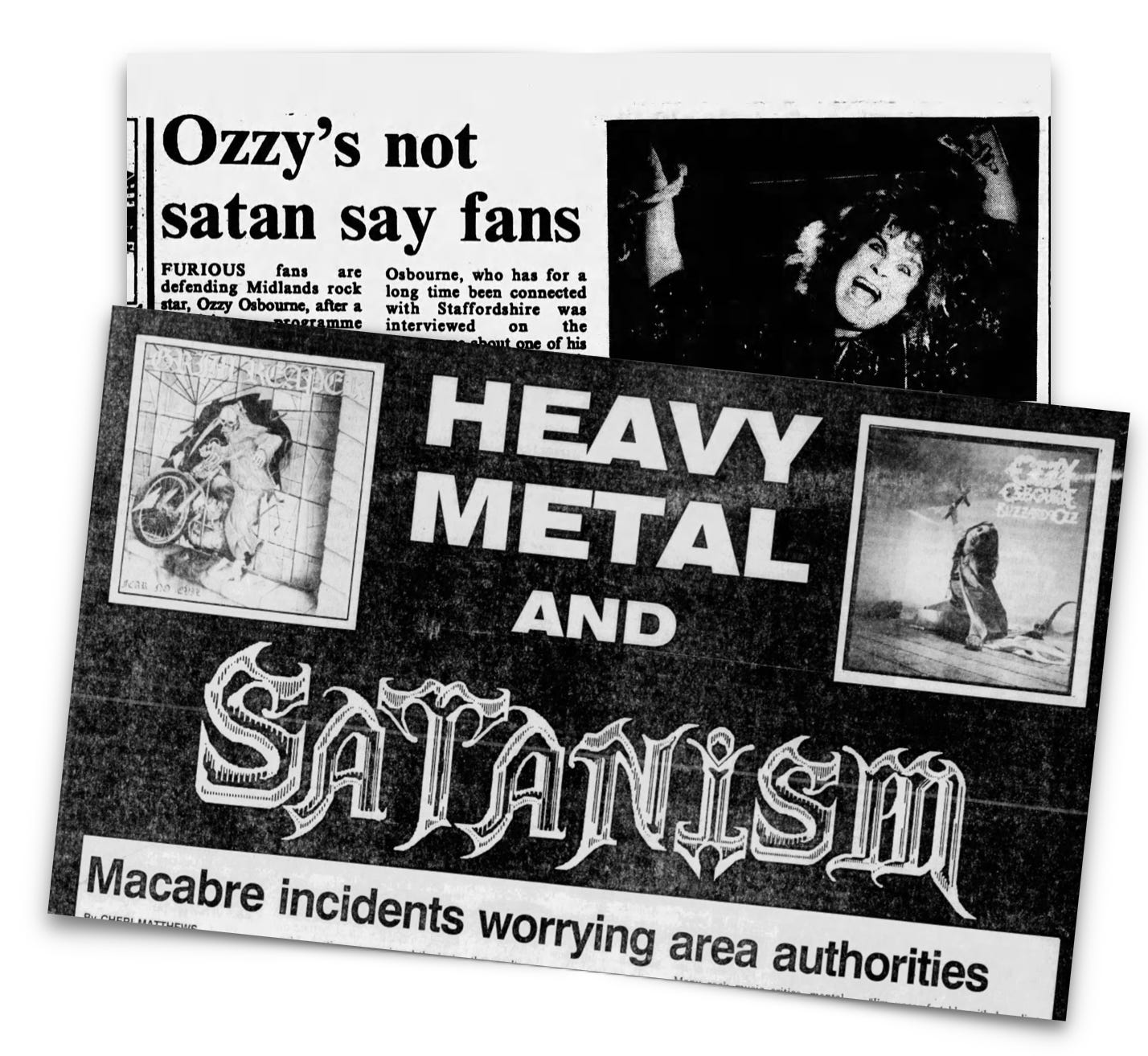
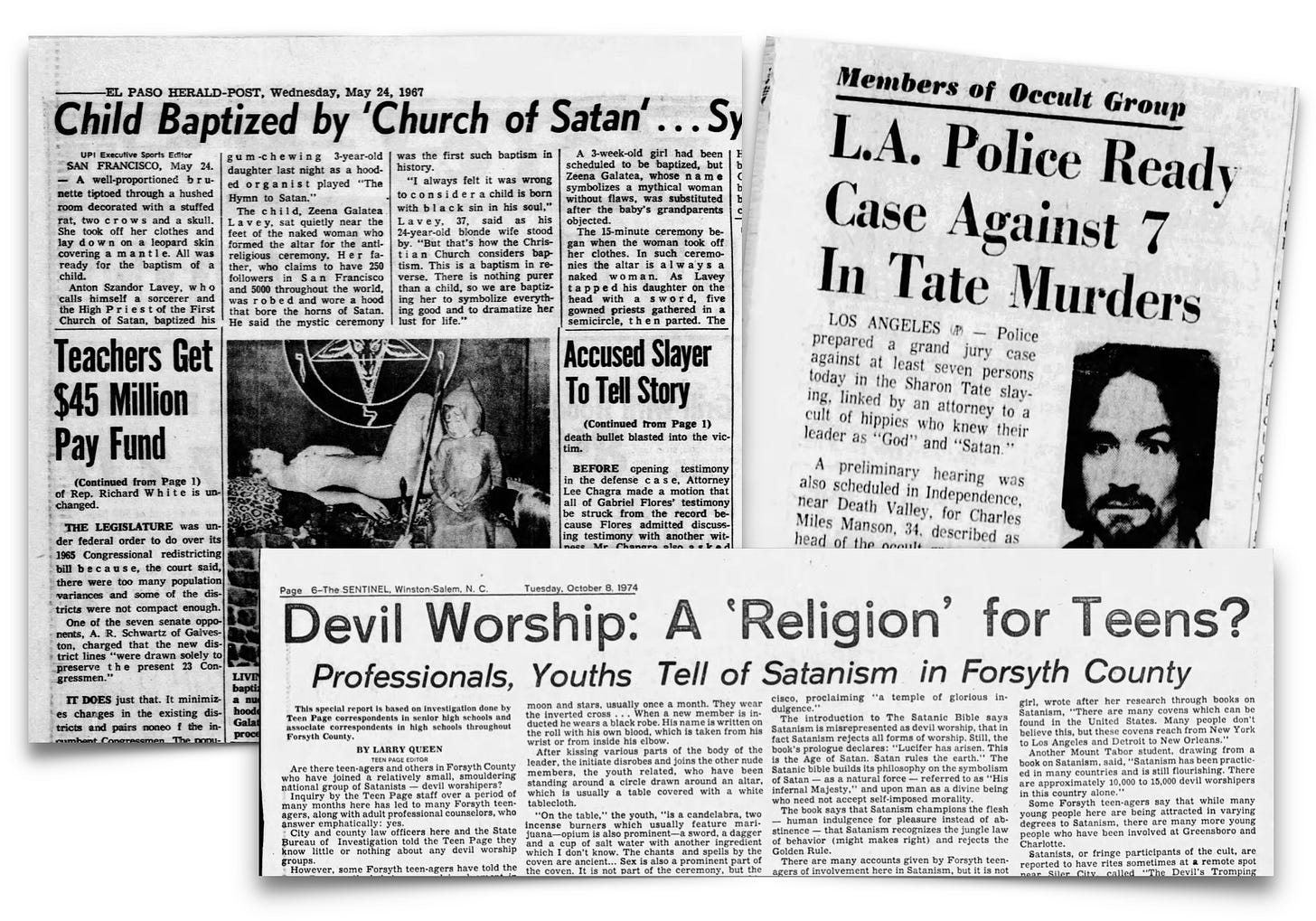
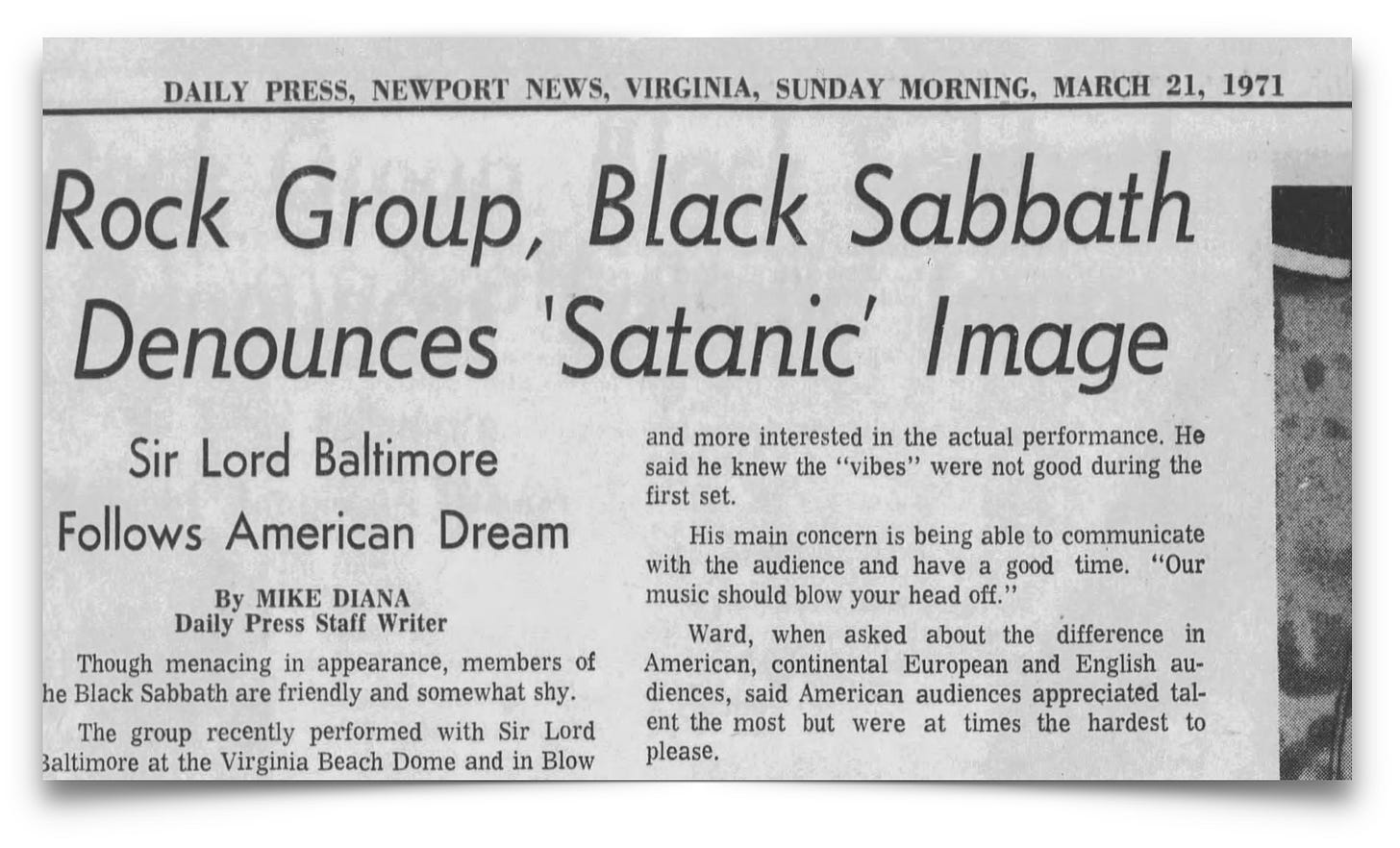
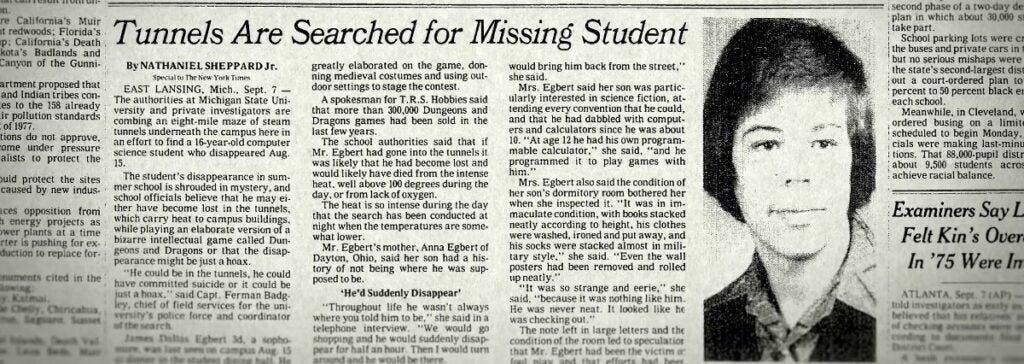
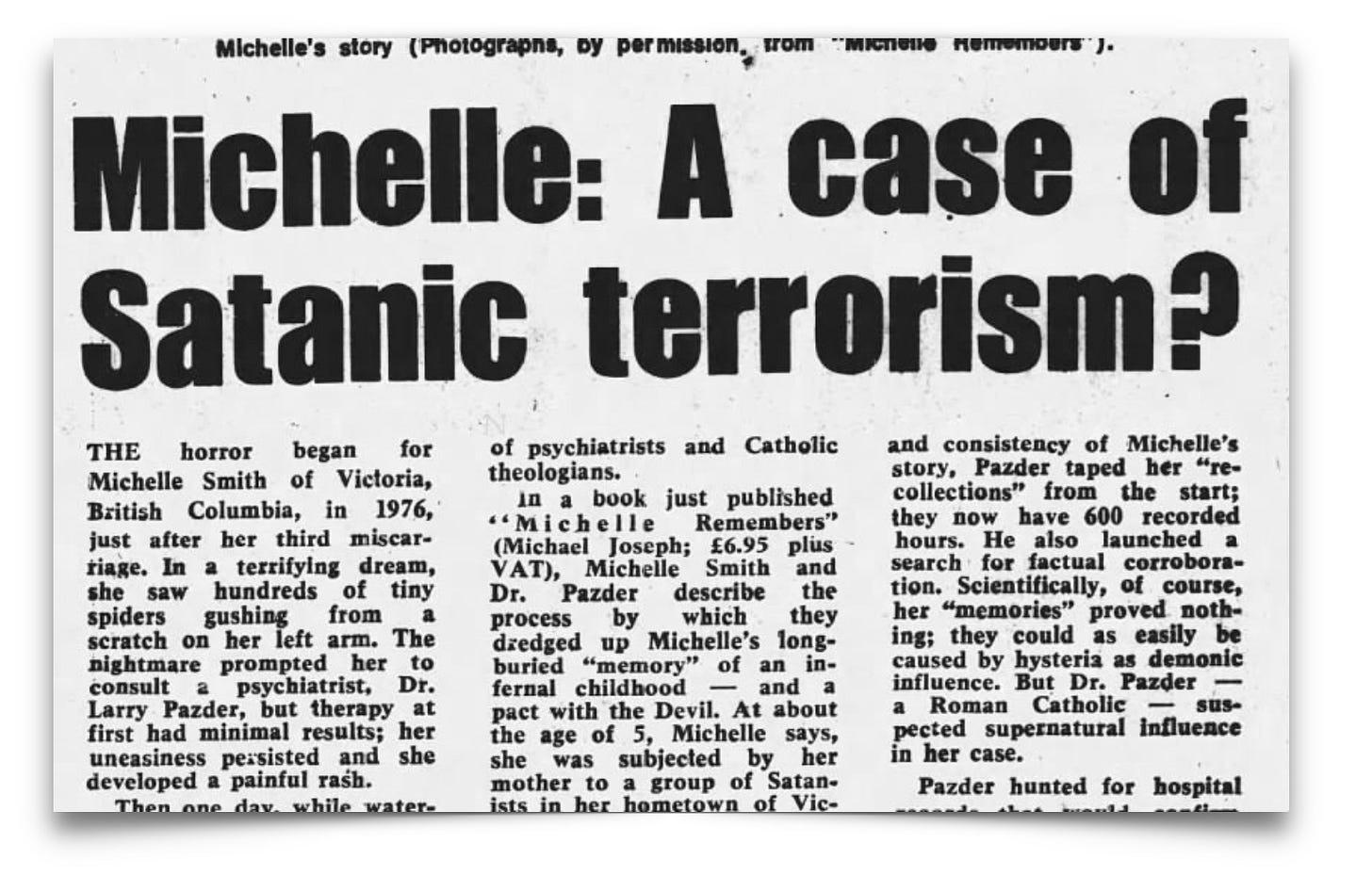
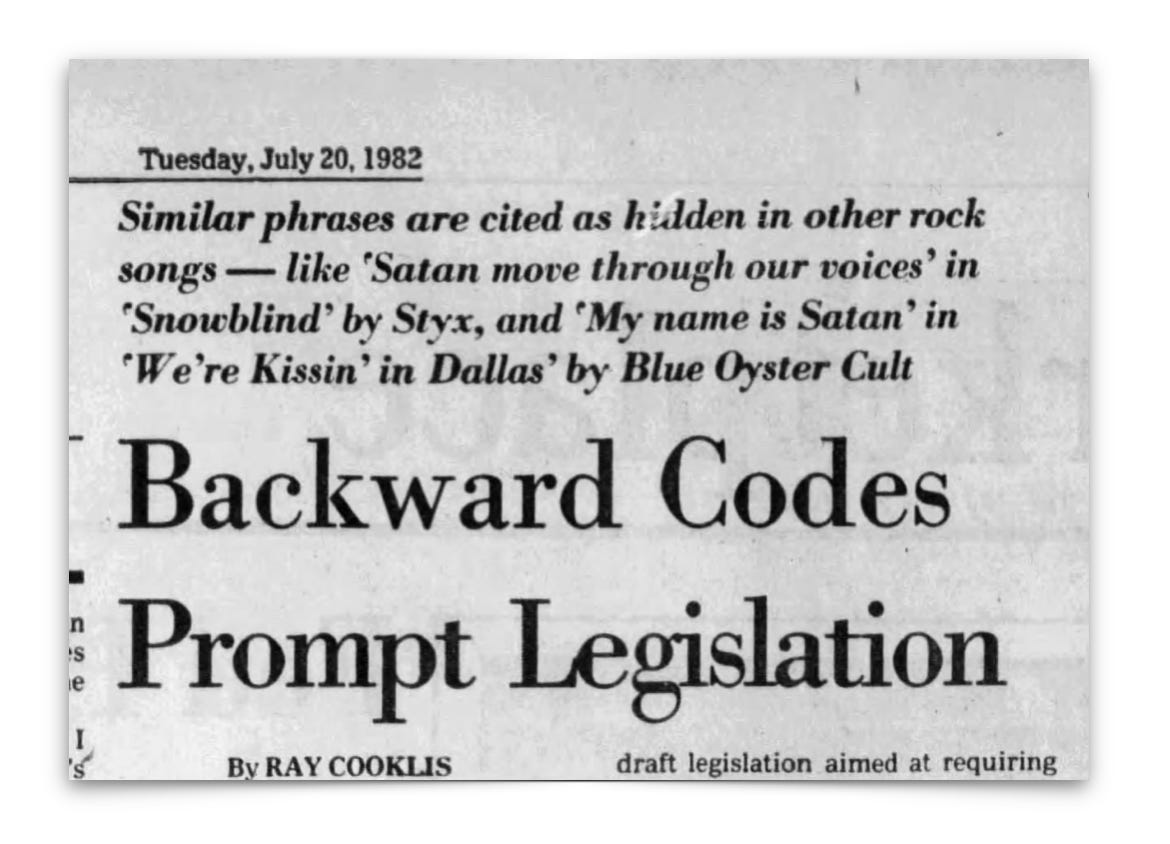
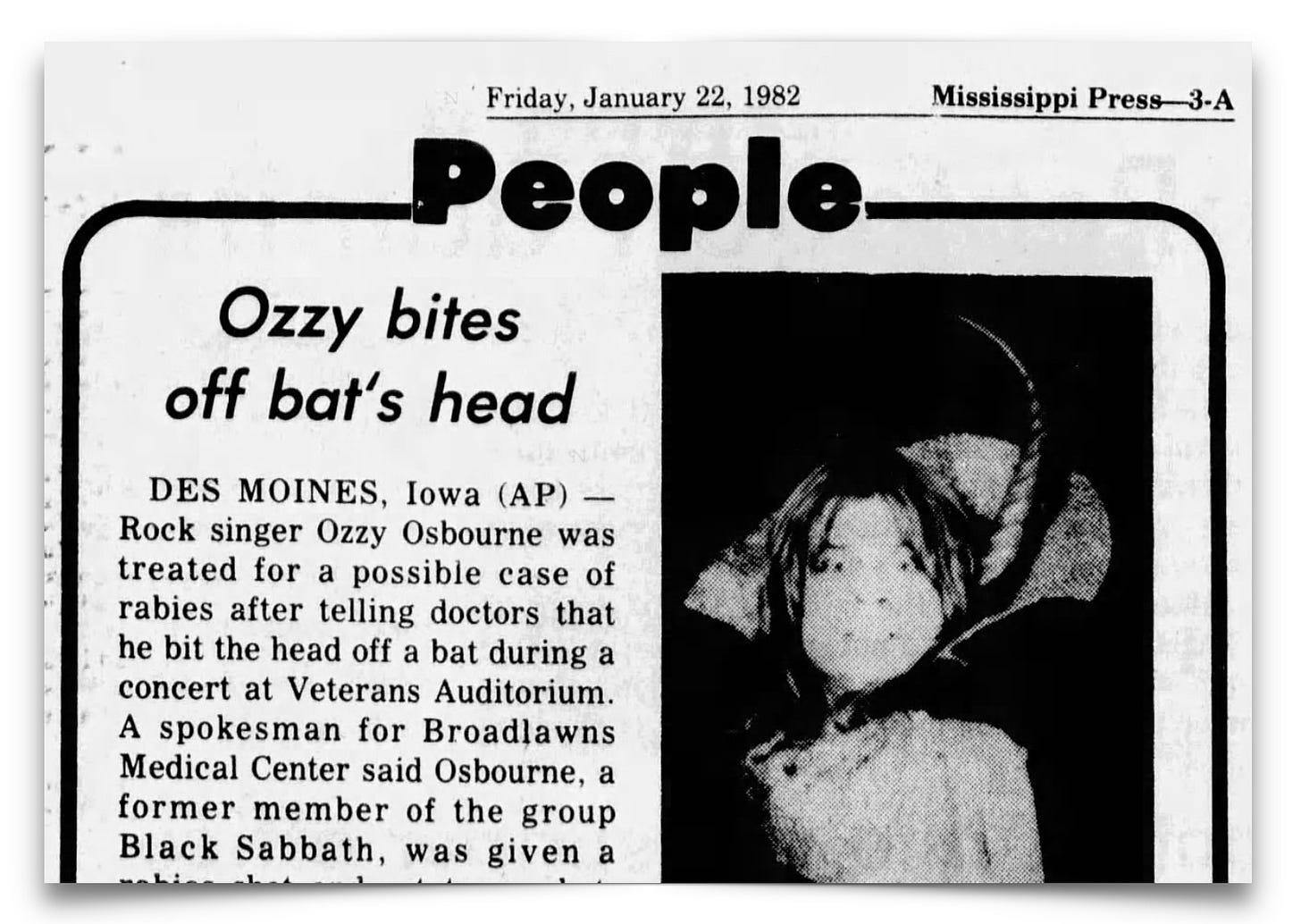
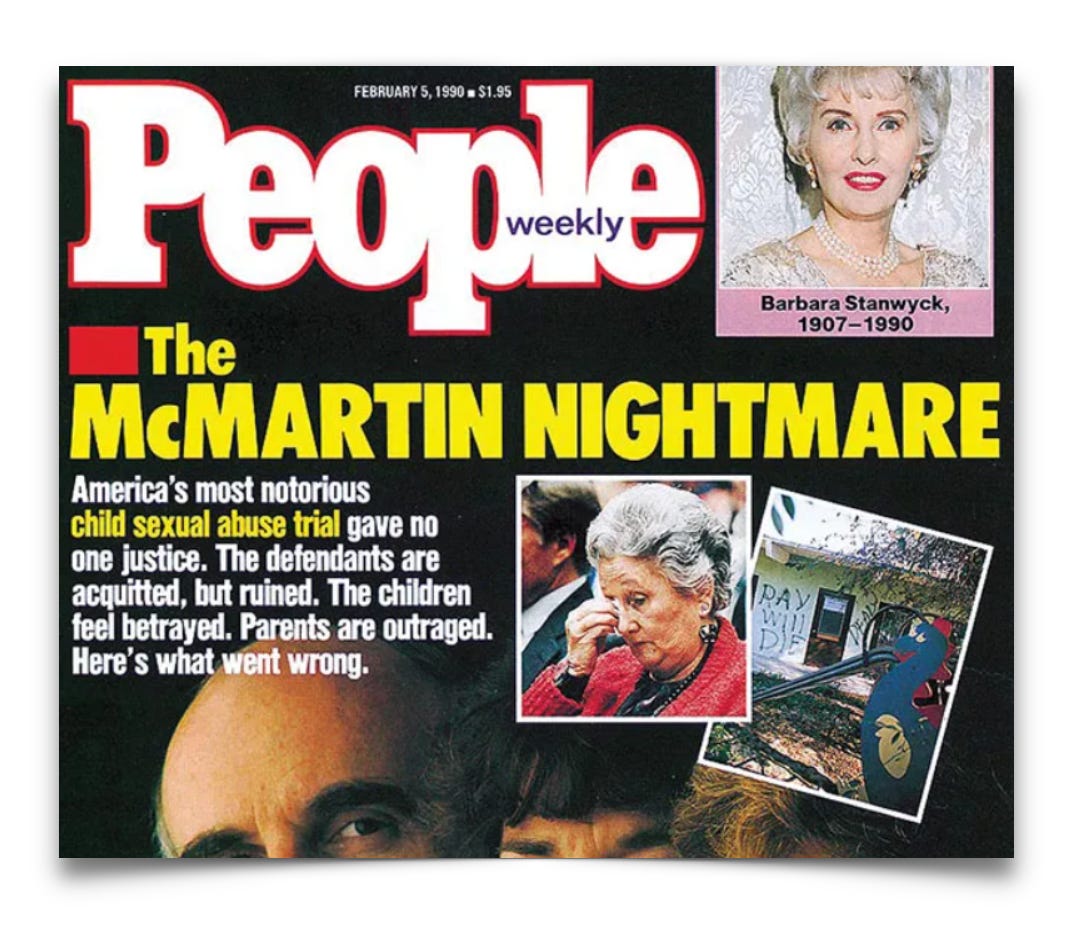
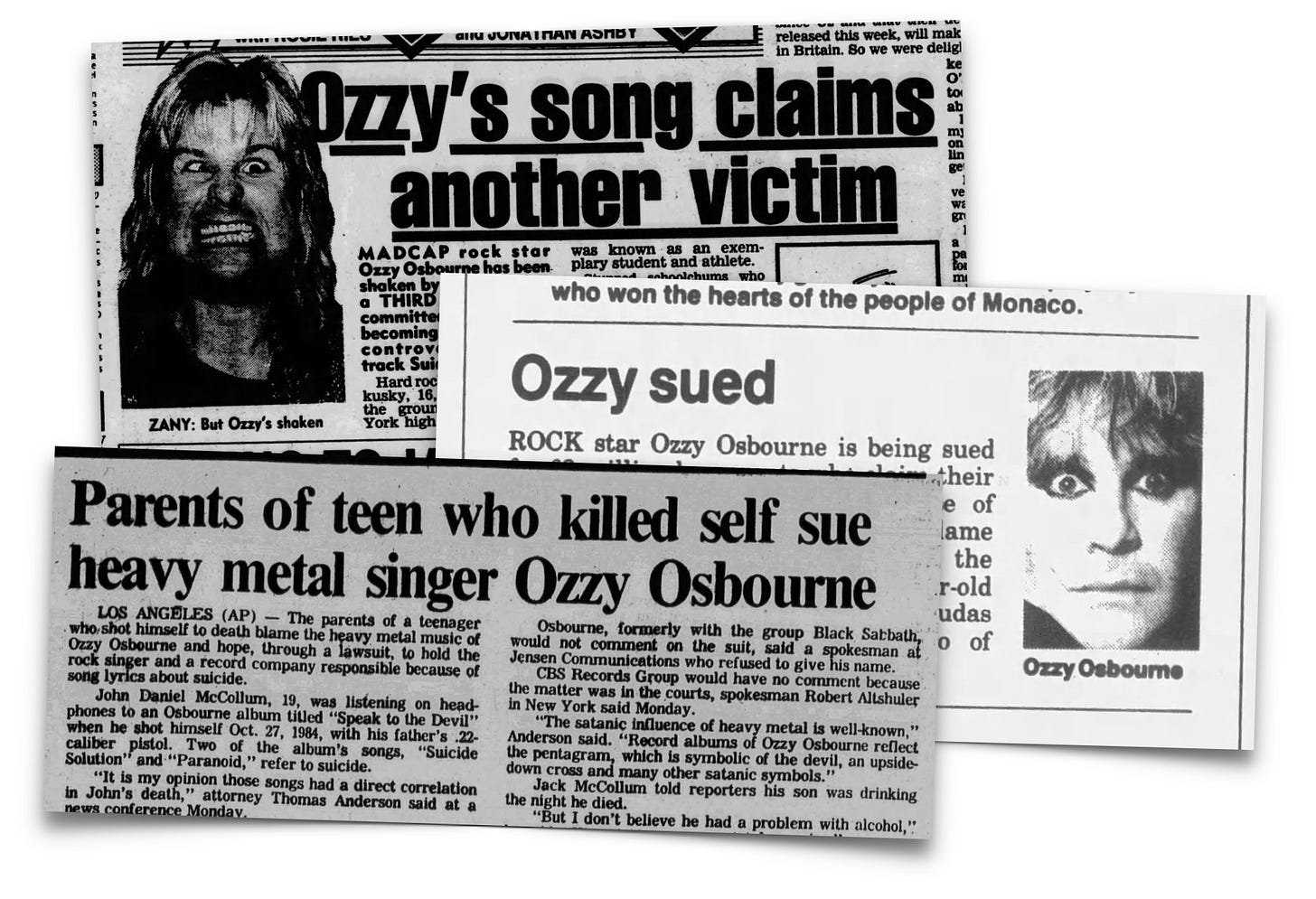
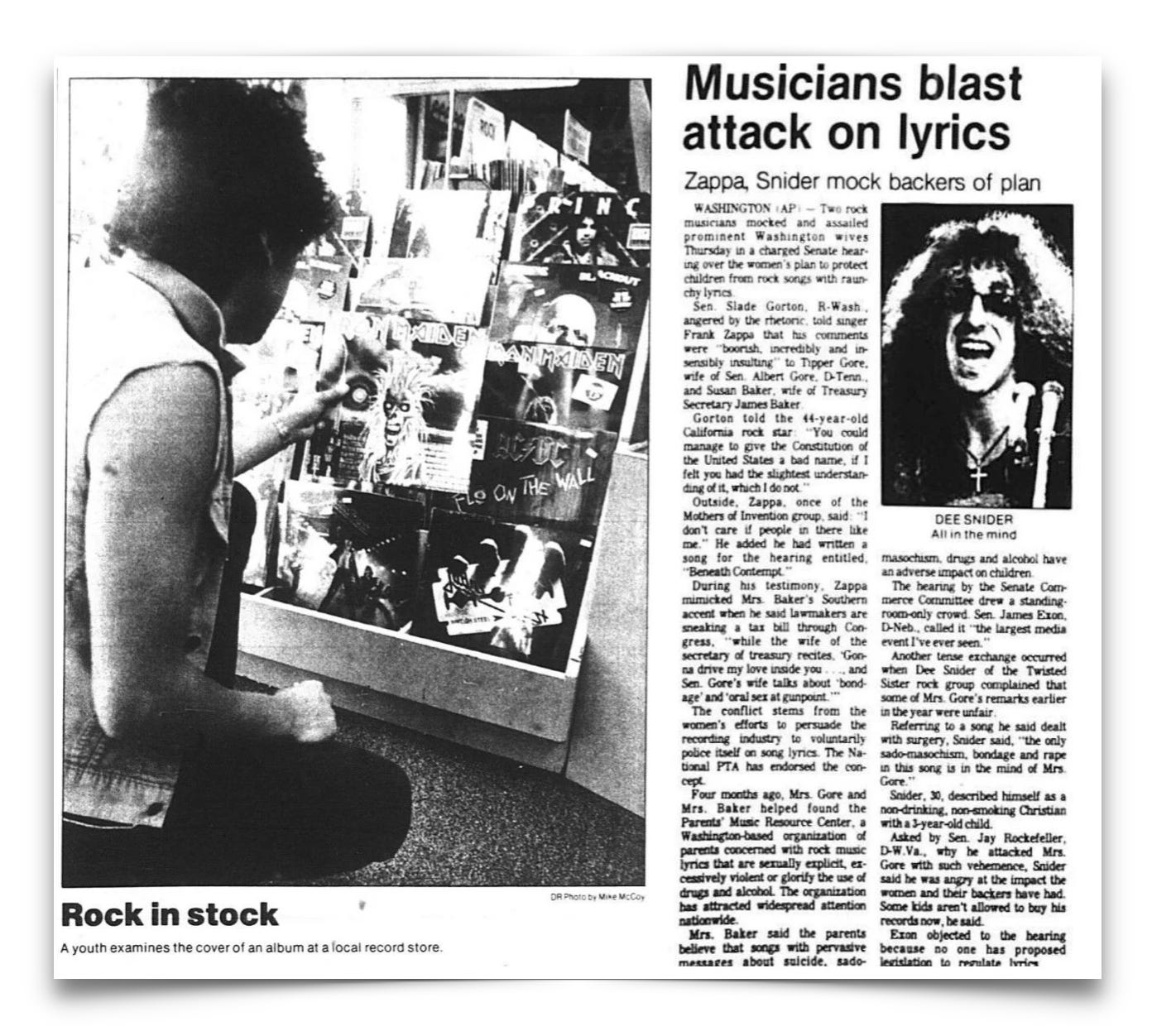
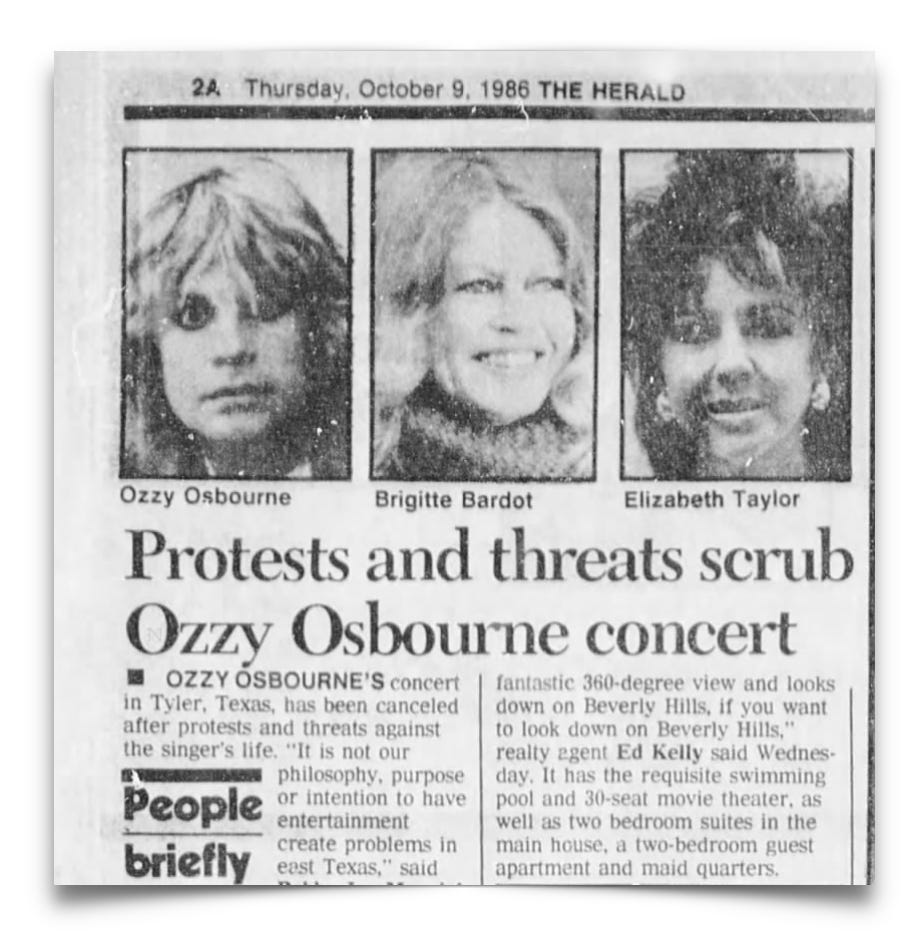
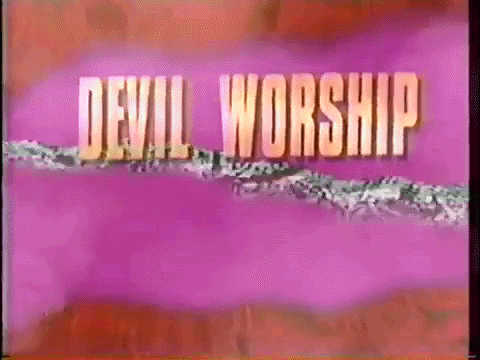

Is there a reason it's been so long since we've had a Pessimists Archive? Did the world suddenly get optimistic or are we taking the daily news as proof enough of our Pessimism?
Ozzy didn’t write the lyrics for Black Sabbath. Roman Catholic Geezer Butler did that. His autobiography is a great and revealing read. The imagery on the album covers was contrived by their rip-off record company and usually came as an unwelcome surprise to the band.